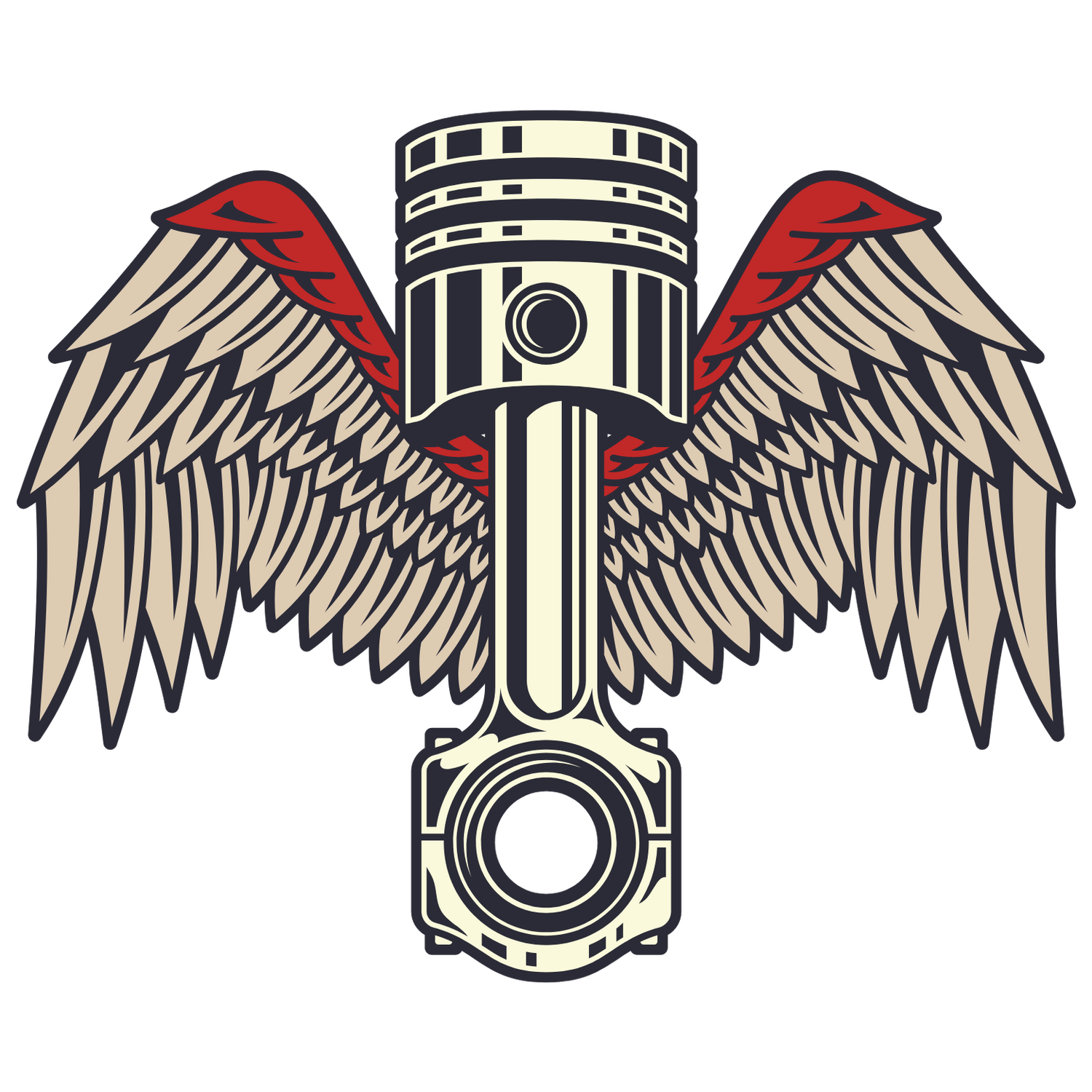Understanding Rod Bearings: Key to Engine Performance
Welcome to a comprehensive guide on the importance of rod bearings in engine performance. If you've ever wondered about the role these small components play in the larger engine system, you're in the right place.
What Are Rod Bearings Exactly?
Let's start by breaking down the basics. Rod bearings are small components located between the crankshaft and the connecting rods in an engine. They serve the crucial function of minimizing friction and wear while allowing smooth rotation.
The design of rod bearings is ingenious in its simplicity. These small parts bear the weight of the rods and transfer the energy generated by the pistons to the crankshaft, ensuring the smooth operation of the engine.
When it comes to the composition of rod bearings, durability is key. Typically made of strong alloys such as steel or bronze, these bearings are designed to withstand immense pressure and heat within the engine.
The precise fit of rod bearings in the engine is crucial for optimal performance. Any misalignment or excessive clearances can lead to increased friction, affecting the efficiency and longevity of the engine.
In the intricate dance of engine components, rod bearings play a vital role in maintaining the balance and stability of the entire system. Their smooth operation ensures that the engine runs quietly and efficiently.
The Importance of Proper Lubrication
Proper lubrication is the lifeblood of rod bearings. Without adequate oiling, these crucial components would succumb to the intense heat and friction generated during engine operation.
Picture a ballet where every move is perfectly choreographed. In the engine, lubrication acts as the smooth dance floor that allows rod bearings to glide effortlessly, ensuring minimal wear and tear.
The viscosity and quality of the oil used in an engine directly impact the performance of rod bearings. High-quality oils with proper additives can significantly extend the lifespan of these critical components.
Just like athletes need hydration to perform at their best, rod bearings rely on a constant flow of oil for optimal function. Regular oil changes and maintenance are essential to keep these components healthy.
In the symphony of engine operation, proper lubrication ensures that rod bearings hum along smoothly, free from the screeching discord of friction and heat. It's a simple yet crucial element in the symphony of engine performance.
Signs of Worn Rod Bearings
Recognizing the telltale signs of worn rod bearings can save you from costly engine repairs. Listen closely for any unusual knocking or clanking sounds emanating from the engine, a common indicator of bearing issues.
Imagine your engine as a storyteller, each sound narrating a different tale. When rod bearings wear down, they introduce a new chapter filled with ominous sounds, signaling the need for immediate attention.
Monitoring your oil pressure is like reading the vital signs of your engine. Low oil pressure can be a red flag, indicating potential issues with rod bearings that require timely intervention to prevent further damage.
Inspecting the oil pan for metal shavings is akin to searching for hidden clues. The presence of these shavings signifies that the rod bearings may be deteriorating, urging you to investigate and address the issue promptly.
Rod bearings, when worn, can be like whispers of trouble in a quiet room. Paying attention to these subtle signs can be the difference between a minor repair and a major engine overhaul. Stay vigilant and listen to what your engine is telling you.
Replacing Rod Bearings: When and How
Knowing the optimal time to replace rod bearings is key to ensuring the longevity of your engine. Regular maintenance schedules and proactive monitoring can help you anticipate and address bearing issues before they escalate.
Imagine replacing rod bearings as giving your engine a fresh set of armor. By replacing worn bearings in a timely manner, you fortify the engine's structure and safeguard it against potential failures down the road.
The process of replacing rod bearings requires precision and attention to detail. From disassembling the engine to carefully installing the new bearings, each step must be executed diligently to guarantee optimal performance.
Consider the replacement of rod bearings as a proactive measure, akin to changing worn-out shoes before they cause discomfort. By staying ahead of potential issues, you can keep your engine running smoothly for miles to come.
Embrace the opportunity to replace rod bearings as a gesture of care towards your engine. Just as you would provide regular tune-ups for your car, refreshing the bearings is a way to show appreciation for the powerhouse that drives you forward.
Exploring the Vital Role of Rod Bearings
In conclusion, rod bearings are a critical element of any engine, directly impacting its performance and longevity. Understanding how they function and the signs of potential issues can help you maintain your engine effectively.

